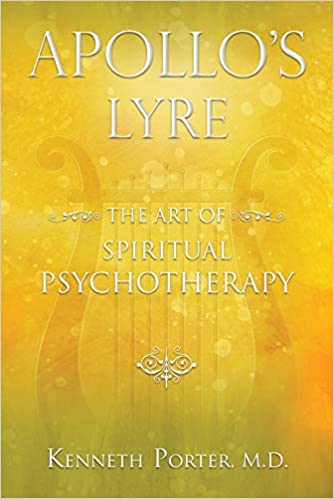In recent years, Let Them Theory has sparked widespread interest, especially after its popularization by motivational speaker Mel Robbins. But what is the Let Them Theory, and why are so many people drawn to it? This powerful mindset philosophy invites people to let go of the need to control others and embrace a life of peace by simply letting people do what they want—let them. It might sound overly simplistic at first, but many have found emotional freedom and clarity through it.

Content
Understanding the Let Them Theory
At its core, the Let Them Theory is a mental strategy that teaches you to release your attachment to how others behave. Instead of reacting to people who disappoint, irritate, or even abandon you, the theory suggests you let them go, let them choose, and let them act however they want—without letting it affect your inner peace.
This idea was made popular by Let Them Theory By Mel Robbins, who explained it as a way to stop exhausting yourself trying to control people or outcomes. It’s a shift from people-pleasing to self-preservation. For example, if someone cancels plans at the last minute—let them. If someone ignores your calls—let them. This allows you to focus your energy on what you can control: your own peace, time, and happiness.
How It Challenges Traditional Thinking
Traditionally, many of us are taught to fix problems, manage relationships, and correct misunderstandings. But Let Them Theory suggests that the moment someone shows you who they are—let them. Don’t chase. Don’t beg. Don’t force anything. This is where many people experience a mindset breakthrough.
The growing popularity of Let Them Quotes on social media has helped bring this idea into everyday conversations. Quotes like “Let them judge you. Let them misunderstand you. Just let them.” serve as daily reminders of emotional independence.
Why People Are Embracing It
One reason why Let Them resonates so deeply is that it gives people permission to stop overthinking and overextending themselves. For those feeling emotionally drained by toxic relationships, this approach becomes a survival tool.
Also, Let Them Theory Summary content across platforms like TikTok, YouTube, and Instagram condenses the idea into easy-to-digest snippets. This has contributed to its virality. People realize that by saying “let them,” they can break free from emotional attachment and drama.
Many readers are even exploring Let Them Theory Kindle versions to dive deeper into the concept through self-help books and personal development guides.
What Makes Let Them Theory Unique?
While there are countless philosophies about emotional detachment, Let Them Theory stands out because of its simplicity. It doesn’t require complex tools or techniques. It’s not about indifference—it’s about choosing peace.
Its practical nature also invites people from all walks of life to adopt it. You don’t need a psychology degree or hours of therapy to apply it. You just need to make a decision: if someone wants to leave, judge, or criticize—let them.
Looking to showcase your brand to a community of dedicated readers and book enthusiasts? Advertise With Us and reach an engaged audience that truly values great stories.
Conclusion
The Let Them Theory is more than just a trending concept—it’s a way of life. Rooted in emotional intelligence and self-awareness, it empowers individuals to stop clinging to what they can’t control. Instead of resisting reality, it encourages acceptance. Whether you’re looking to reduce stress, strengthen your boundaries, or reclaim your inner peace, this simple yet powerful philosophy may be what you’ve been missing.
For more great resources and insights, check out Best Books Club
FAQs
What was the Let Them Theory?
A mindset approach encouraging people to stop controlling others and instead allow them to act freely, focusing on one’s own peace.
What is the concept of Let Them?
It’s about emotional detachment—letting people behave how they want without trying to change them.
What is the philosophy of Let Them?
It’s rooted in self-preservation and acceptance, promoting peace through non-resistance.
What do psychologists think of the Let Them Theory?
Many psychologists support it as a healthy boundary-setting tool, though some caution it’s not a one-size-fits-all solution.

Meet Jessica, our bookworm extraordinaire! She’s an avid reader with a penchant for mysteries and a soft spot for fantasy worlds. Join her in exploring the pages of literary treasures.



